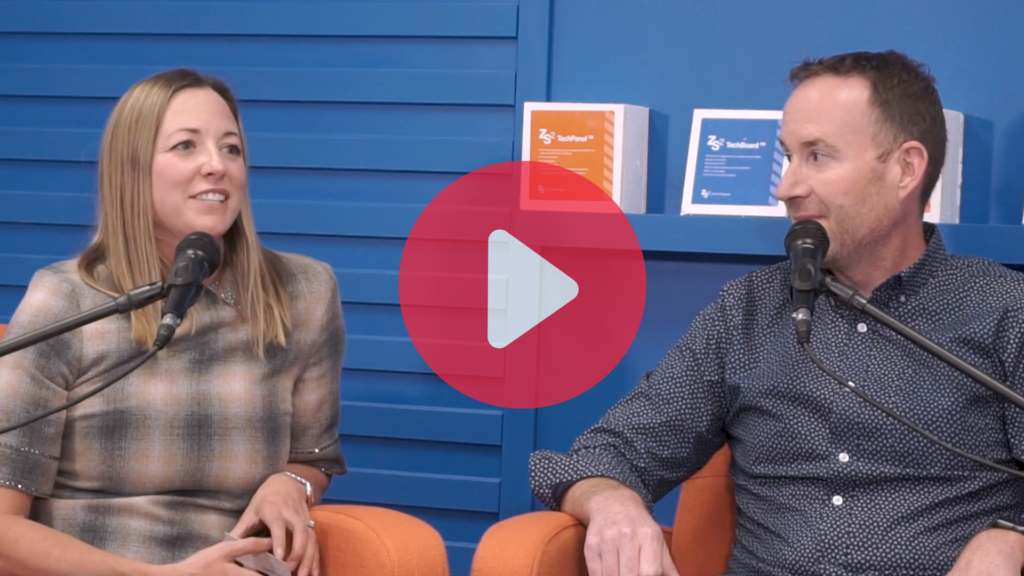How Embracing the Circular Economy Can Create Business Advantages for the Building Industry
- October 12, 2021
The economic landscape is shifting whether we like it or not. That means reducing carbon emissions is no longer a ‘take it or leave it’ position.
Regulations, policy, and taxes imposed on all businesses is an international trend. So how do we plan for and anticipate the changing economic landscape and ride the wave of change? How do businesses prepare for and even benefit from these changes?

A Changing Landscape
Since 2005, economists have been calling on countries around the world to establish modes of production and consumption patterns corresponding to a low carbon economy. They’ve also been pushing companies to develop products and engineering technology with low CO₂ emissions over the whole process of production, use, and waste, as well as encouraging the technological development of CO₂ capture, recycling, and geological disposal.
While there is significant opportunity in the changing landscape within all sectors, this rings especially true for the building and cement/commodities industries. But in order to take advantage of these opportunities, industry stakeholders must first let go of sometimes long-held, ‘this is a burden’-type attitudes and instead ask themselves, “How can this help differentiate my business, encourage innovation, and benefit all stakeholders in the chain?”
The Circular Economy
Policy and regulation can help stimulate the economy with new carbon and circular methods as a driving force. And instead of merely tolerating the notion of low carbon or circular economics, businesses can embrace the trend and build to meet the evolving needs of society and the environment.
But first, let’s take a closer look at what we mean by the term circular economy, thanks to YouMatter:
“Whereas in the linear economy, raw natural resources are taken, transformed into products, and disposed of, a circular economy model aims to close the gap between the production and the natural ecosystems’ cycles. This means eliminating waste, cutting off the use of chemical substances, and betting on renewable energy.”

How do circular economic models tie back to a low carbon economy? According to the UCL Institute for Sustainable Resources at the University College London, the transition to a low-carbon economy is a critical element of a circular economy, as integrating both low-carbon and circular strategies are needed to “enhance consistency between both pathways and promote synergies.”
And businesses can leverage the change from a linear to a circular, low-carbon economy in order to differentiate themselves and become a leader in their respective sectors. But how?
How to Leverage the Circular Economy for Business Gains
Yes, it’s true, businesses can benefit the environment and be for-profit at the same time. Your organization can still drive growth in the economy while offering thoughtful solutions to major challenges we are all facing. Here’s how:
1. Purchasing Carbon Credits
Carbon credits, or carbon offsets, are generated by projects where CO₂ has been avoided, reduced, or removed from the atmosphere. These can be created via renewable energy generation, forest regeneration or avoided deforestation, the capture and destruction of high-potency GHGs like methane, and more. Purchasing these credits is a common form of climate action for organizations, enabling them to indirectly reduce the impact of the greenhouse gas emissions they release into the atmosphere.
Navigate the Carbon Economy with Chelsea Erhardt
The concept of purchasing carbon credits can be confusing. So we sat down with Environmental Products Trader Chelsea Erhardt in an episode of TechTalk (our sustainable building podcast) to dispel the mysticism surrounding the topic. We discuss where do these credits begin, how industries can find value and monetize their investment towards offset emissions, what this means for those in the sustainable building industry.
Watch this exclusive interview with carbon trading expert Chelsea Erhardt, and learn how to navigate the carbon economy in just 20 minutes.
Watch This Exclusive Interview
2. Using a Cement Alternative
Fun (sad) fact: The four billion tonnes of cement produced each year for concrete construction accounts for 8% of total global carbon dioxide emissions. These emissions are largely due to the way that limestone, which is the main ingredient in cement, is processed: While the limestone is being crushed and burned to extract calcium—the binding agent used in cement—it releases carbon into the atmosphere.
Thankfully, many companies are coming up with environmentally-friendly alternatives or modifications to cement:
- Carbicrete produces emissions-free concrete that doesn’t require traditional cement. By using industrial slag instead of cement as a binding agent, it captures more carbon than it emits.
- CarbonCure lowers a project’s CO₂ emissions by literally injecting carbon dioxide into the concrete mix.
- ZS2’s proprietary magnesium oxy-sulfate based cement board is strong, flexible, insulated, non-combustible, anti-mould, impact- and water-resistant, and has an excellent air quality/health rating in addition to its reduced carbon footprint.
3. Finding an Environmentally-Friendly Building Partner
Yes, there are organizations out there that are building ESG business models that aim to have social and environmental impact.
Most recently, we at ZS2 have partnered with Baymag to accelerate the commercialisation of leading-edge sustainable construction materials like low-carbon proprietary magnesium cement formulations. The strategic partnership will aim to capture and utilise CO₂ at Baymag’s Exshaw operations while optimizing the waste to ore ratio at Baymag’s Mount Brussilof mine. ZS2’s made-in-Canada solutions will reduce the environmental impact of the raw material supply while lowering Baymag’s overall carbon footprint.
Ready to Learn More?
To learn more about how ZS2 is leading the way when it comes to the development of low carbon, high-performance building technologies in Canada, sign up for our weekly newsletter, and reach out to ZS2 for an introduction to our construction method.


